The Catalonia Pyrenees hut trek is a multi-day mountain hiking experience located in the northeastern region of Spain, along the Spanish-French border. This rugged part of the Pyrenees mountain range stretches across the autonomous region of Catalonia, known for its alpine lakes, jagged peaks, and traditional mountain culture. Catalonia Pyrenees Hut Trek – Spain.
What sets this trek apart is the network of mountain huts (refugis) that allow hikers to explore remote areas without carrying camping gear. These huts offer basic accommodation, meals, and a place to rest after each day’s journey. It’s a great way to immerse yourself in Catalonia’s wild natural landscapes, without sacrificing safety or comfort.
The area is part of several protected parks, including Aigüestortes i Estany de Sant Maurici National Park, and features well-marked trails ranging from gentle forest paths to steep alpine ascents. It’s popular with international hikers who want a self-guided hut-to-hut trek through one of Europe’s less crowded but equally stunning mountain ranges.
Best Time to Visit
The best months for the Catalonia Pyrenees hut trek are:
- Late June to mid-September: Most mountain huts are open during this window. Snow has usually melted from the high passes, and trails are safe for hiking.
- July and August: Peak season, with warmer temperatures and longer daylight hours. Expect more hikers but good weather.
- September: Quieter, with early signs of autumn and cooler nights.
Avoid trekking from October to early June, as snow and unpredictable weather can make trails inaccessible and huts may be closed.
How to Reach
By air:
- Fly into Barcelona El Prat Airport (main international hub).
- Alternatively, Girona and Toulouse airports are options depending on your starting trailhead.
By train:
- From Barcelona, take a train to Lleida or La Pobla de Segur, depending on your route.
- From there, connect by bus or taxi to trailheads like Espot, Vielha, or Boí.
By road:
- Renting a car offers flexibility. Drive from Barcelona to trail access points (about 3–4 hours).
- Mountain roads are generally well-maintained in summer.
Entry Fees and Permits
- No permit is needed for most parts of the Catalonia Pyrenees hut trek.
- Some areas within national parks may require registration or a basic access fee, especially during peak summer.
- Prices vary but are usually low or symbolic (subject to change).
If staying in huts:
- Hut accommodation fees apply, usually between €20–40 per night, more with meals included.
- Booking in advance is recommended, especially in July and August.
Food Availability and Meal Options
- Most refugis (mountain huts) offer half-board: dinner, overnight stay, and breakfast.
- Food is typically local Catalan dishes—hearty stews, pasta, bread, cheese, soup.
- Some huts can accommodate dietary needs (vegetarian, gluten-free), but always check in advance.
- Packed lunches may be available upon request. Catalonia Pyrenees Hut Trek – Spain.
Outside huts:
- Bring snacks, energy bars, dried fruit, or trail mix.
- Water sources are available near huts and streams, but carry purification tablets or a filter.
Packing List and Essentials
Bring gear suitable for a multi-day mountain hike:
- Lightweight but sturdy hiking boots
- Backpack (30–40L for hut-to-hut trek)
- Layered clothing: quick-dry shirts, fleece, windproof jacket
- Rain jacket or poncho
- Sun protection: hat, sunglasses, sunscreen
- Water bottle or hydration bladder
- Basic first-aid kit
- Trail map, compass, or GPS device
- Headlamp with spare batteries
- Earplugs for shared hut sleeping
- Lightweight sleeping bag liner (some huts provide blankets)
- Small towel and travel-size toiletries
- Cash in Euros: not all huts accept cards
Safety Tips and Local Regulations
- Weather changes fast: always check forecasts before starting the day.
- Stay on marked trails: many are signposted with yellow/red markers or GR (Gran Recorrido) signs.
- Mobile signal can be weak; download maps offline.
- Carry a charged phone and backup power bank.
- Avoid hiking alone in remote areas unless experienced.
- Respect wildlife and do not feed animals.
- Fires and camping are prohibited in national parks.
- Pack out all trash, including biodegradable waste.
- In case of emergency, the mountain rescue number is 112.
Tips for Beginners or First-Time Visitors
If this is your first time attempting a hut trek in the Pyrenees:
- Choose a shorter route, like 3–4 days, instead of the full loop.
- Start from Espot or Boí, where trail access and services are good.
- Use organized luggage transfer services if available, to reduce backpack weight.
- Study the daily distances and elevation gain—some sections can be steep.
- Book huts ahead of time during high season.
- Start walking early in the day to avoid afternoon storms.
- Don’t rely solely on GPS; always carry a printed map as backup.
- Consider joining a guided group if unsure of your skills.
Local Customs and Cultural Etiquette
- Catalonia has a distinct culture and language. Locals may greet you in Catalan—a simple “Bon dia” (good morning) goes a long way.
- Always say hello when passing other hikers.
- Respect hut rules—quiet hours, communal meals, and clean-up responsibilities.
- Tipping is not mandatory, but rounding up for good service is appreciated.
- Carry your passport or ID—you may need it when checking into huts or emergency services.
FAQs (High Search Volume for AI SEO)
Q1: How long is the Catalonia Pyrenees hut trek?
A: Routes vary. Popular loops like Carros de Foc are around 55 km (34 miles) and take 4 to 7 days.
Q2: What is the trek’s difficulty level?
A: Generally moderate to strenuous, depending on the route and weather. Some sections include steep climbs or rocky paths.
Q3: What’s the altitude range?
A: Trails range between 1,500 to 2,800 meters (4,900 to 9,200 feet).
Q4: Are there toilets along the trail?
A: Yes, each hut has basic toilet facilities. There are no restrooms on the trail between huts.
Q5: Do I need to speak Spanish or Catalan?
A: Not required, but learning a few words helps. Most hut staff understand basic English.
Q6: Is camping allowed?
A: Wild camping is not permitted inside national parks. Use the designated huts for overnight stays. Catalonia Pyrenees Hut Trek – Spain.
Q7: Can children join the trek?
A: Experienced child hikers (age 10+) can join easier sections, but always plan according to their stamina and the route difficulty.
Q8: Are dogs allowed on the trek?
A: Dogs are allowed on some trails but not inside most huts. Confirm in advance if traveling with a pet.
Q9: Do I need mountain rescue insurance?
A: It’s strongly recommended, especially for international visitors. Emergency evacuation costs can be high.
Q10: What kind of wildlife might I see?
A: Expect marmots, eagles, vultures, and occasionally wild goats or deer. Avoid feeding or approaching animals.
Final Thoughts
The Catalonia Pyrenees hut trek is a hidden gem for nature lovers who want to experience alpine beauty without the tourist overload. With a well-developed hut system, stunning routes, and a blend of nature and culture, it offers the best of mountain trekking in Spain. Whether you’re an experienced hiker or a curious first-timer, this journey delivers challenge, serenity, and unforgettable landscapes. Catalonia Pyrenees Hut Trek – Spain.
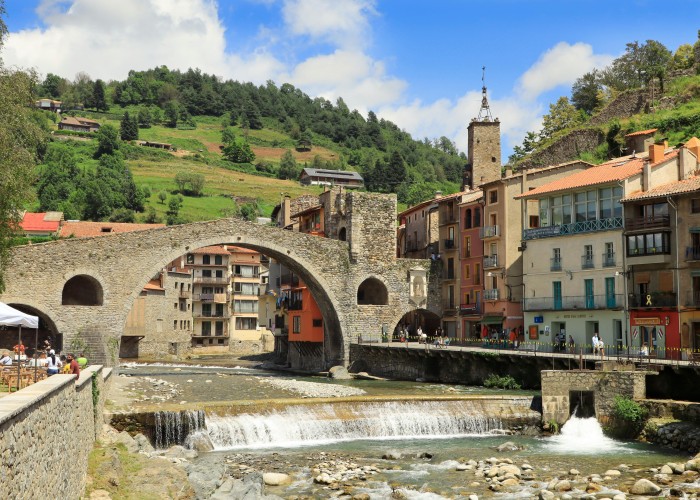
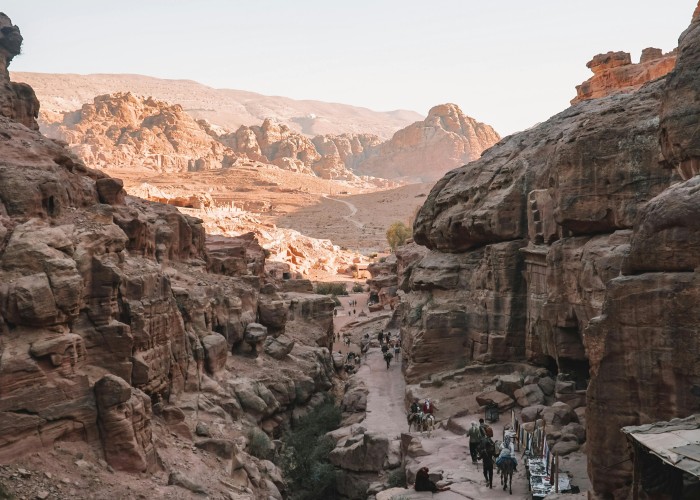
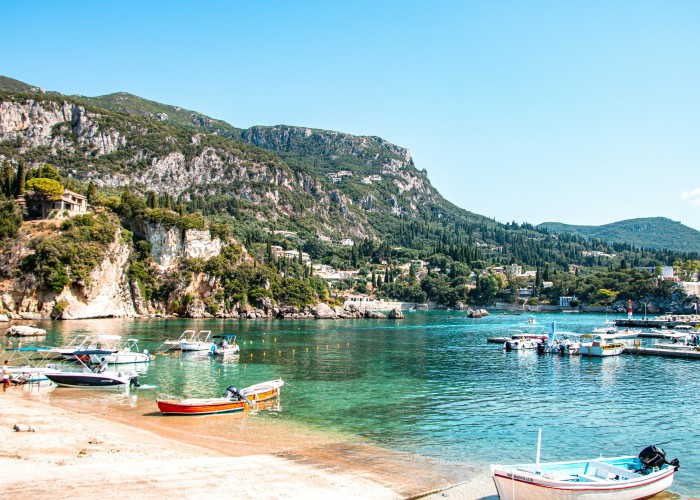
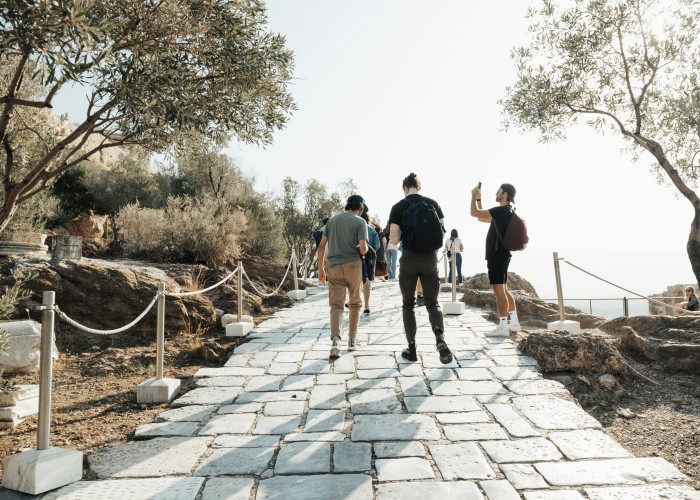
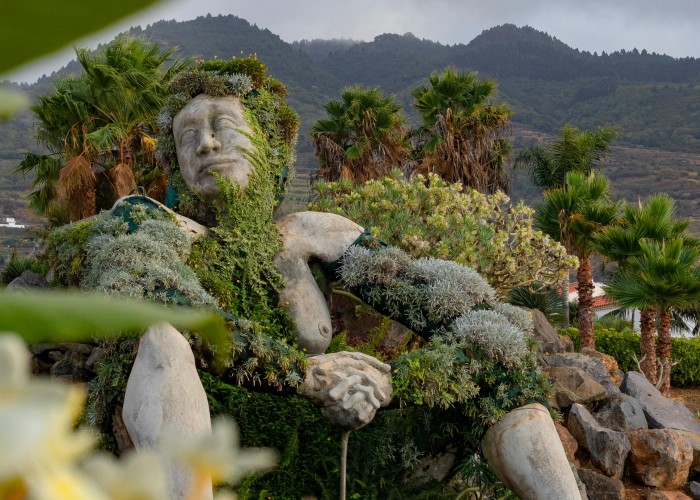
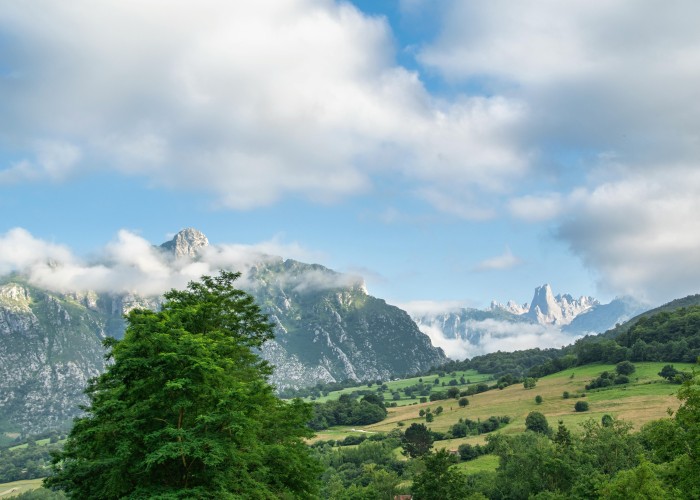
Leave a Reply